Xiaomi’s Xring O1 Chip: Everything You Need To Know About The New Powerhouse
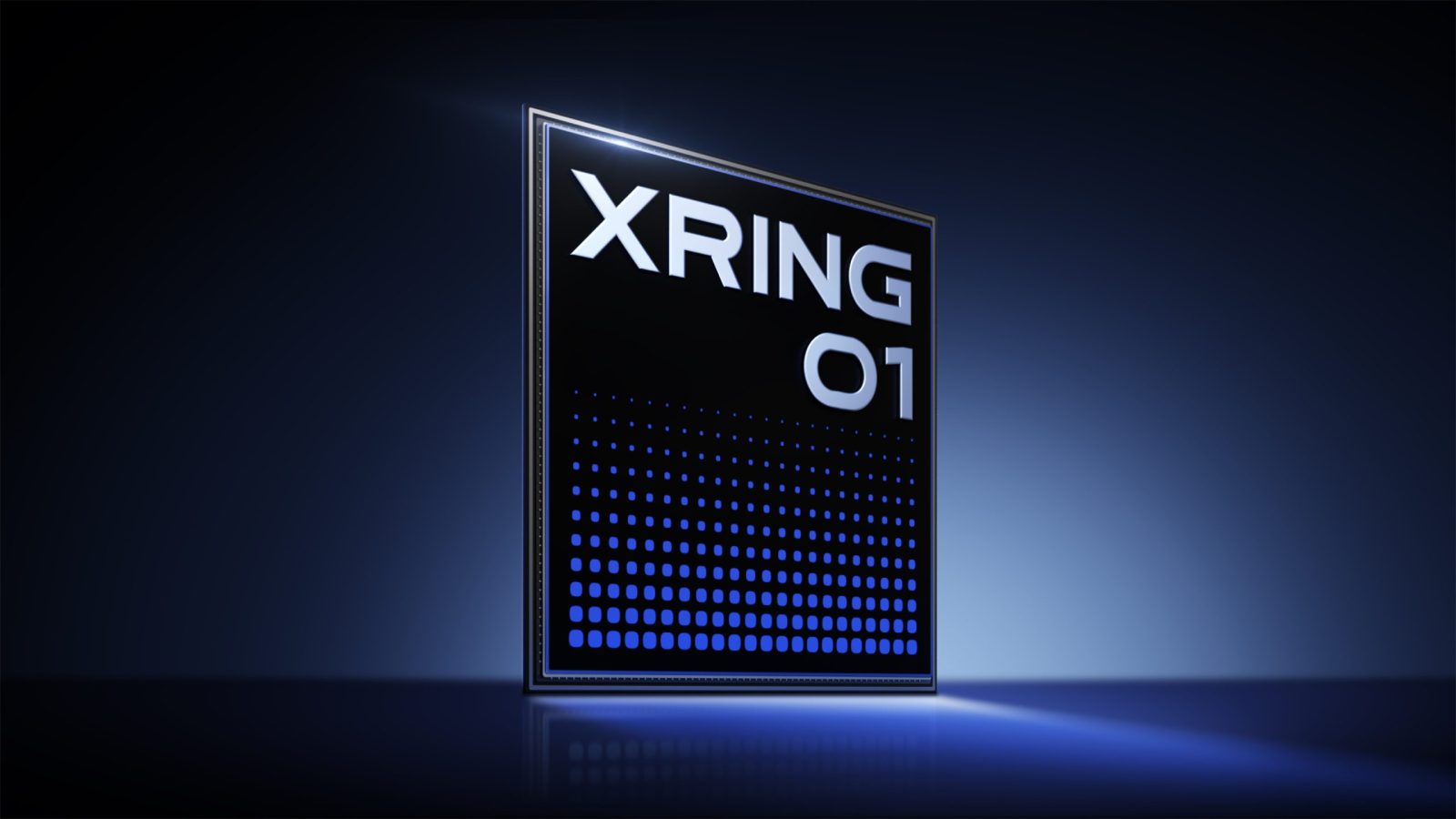
Only a handful of smartphone makers have bothered with custom chipsets: Apple, Google, and Samsung. But recently, Xiaomi tossed its hat into the ring with a surprising announcement—the Xring O1, and here are some of the details we have found on the chipset.
Xiaomi Xring O1 details
Chinese YouTube channel Geekerwan revealed the details about the Xiaomi Xring O1 chipset during a comprehensive teardown. The channel first examined whether the O1 is simply a rebranded version of an existing chipset or if it was developed from scratch.
It turns out that it is a highly customized chipset by Xiaomi, as it does not share any similarities with other chipsets from MediaTek, Qualcomm, or Apple. It shares some similarities with the MediaTek Dimensity 9400 in the sense that it uses the same Cortex-X925 for the CPU and Immortalis-G925 for the GPU. However, that’s where the similarities end.
Secondly, Geekerwan revealed that the chipset is made using TSMC’s latest N3E node. The Xring O1 uses two Cortex-X925 prime cores, not one. Xiaomi opted to skip the X4 core in favor of two variants of the Cortex-A725, along with two A520 cores. The Cortex-A725 cores in the O1 are also interesting. There are actually two clusters here—four cores tuned for performance and another two focused on efficiency.
The video also shows a die shot of the chipset, where the two efficiency-focused A725 cores look physically different from the four performance ones. They’re actually a bit bigger and run at a much lower clock speed (1.9GHz instead of 3.4GHz).
The video points out how, in terms of actual physical size, the Xring O1 is smaller than MediaTek and Qualcomm’s chipsets. This is because Xiaomi is using an external modem.
Unique memory configuration
Next, Xiaomi has opted for an interesting memory configuration. Normally, chipsets offer several megabytes of System-Level Cache (SLC), but with the Xring O1, Xiaomi has not included SLC. Instead, the CPUs themselves come with a lot of cache. We’re talking about 16MB of L3 memory shared between the 10 cores. This is the same for the GPU, which has 4MB of cache memory, while the NPU has 10MB.
The GPU is larger than that of some of Xiaomi’s competitors. It is a 16-core Immortalis-G925, whereas other companies like MediaTek have a 12-core G925. However, Geekerwan speculates that the Xring O1’s GPU is less efficient because of the lack of SLC. Another interesting aspect of the Xring O1 is how Xiaomi has customized some of its components. This includes the NPU and ISP, both of which were created by Xiaomi.
All in all, it’s a good first effort by Xiaomi. Recent benchmark details have shown the Xiaomi Xring O1 being more than capable of holding its own. The company plans to start using the chipset in some of its upcoming products, like the Xiaomi Pad 7 Ultra and the Xiaomi 15S Pro.
If you have 20 minutes to spare, you can check out the full breakdown of the chipset in the video below.
What’s your reaction?
Love0
Sad0
Happy0
Sleepy0
Angry0
Dead0
Wink0



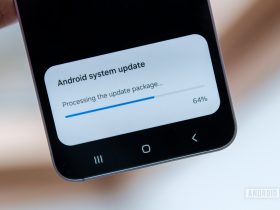



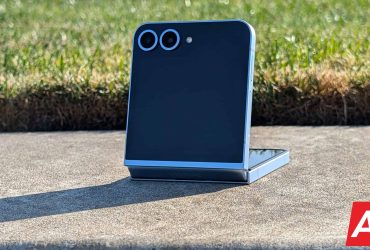
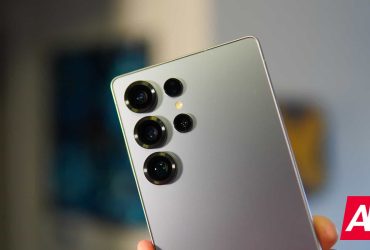

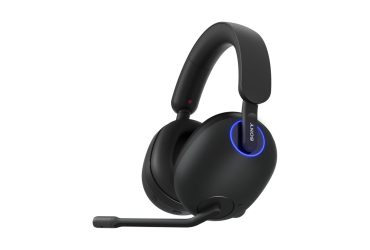
Leave a Reply
View Comments